Art Deco Windows
Take a look at a typical white-rendered, flat-roofed Art Deco house and you’ll soon notice common features, such as windows with slimline steel frames and horizontal glazing bars.
Crittal Windows – the company that originated the style and gave its name to this type of fenestration – still produces modern versions of these units today.
Crittall first began manufacturing its metal windows in 1884. Their geometric look was the perfect match for the elegant minimalism of Art Deco, and they were eminently suitable for the curved-glass ‘suntrap’ windows that were a feature of many suburban Art Deco homes.
By 1935, an estimated 40 per cent of all new buildings had Crittall windows, including commercial buildings such as Selfridges in London. So great was the demand that the company built an Art Deco estate in Witham, Essex – the Silver End estate – to house its workers.
How to maintain steel window frames
Original Crittall windows have a galvanised zinc finish to help prevent corrosion, which was painted, often in black. Over time, however, the paint wears away to expose the galvanised surface below, which can eventually corrode.
To restore frames, remove all traces of old paint using first a wire brush, then wire wool and finally wet and dry paper. Then apply a zinc-rich paint to the damaged frame followed by a zinc phosphate primer.
Follow with an undercoat and finally apply a topcoat (try International Paints’ range for exterior metalwork).
How to replace original window frames
You can buy replacement windows to fit. Crittall’s modern, standard-size Homelight windows are made to the same dimensions as the original standard metal windows, and come in three classic styles – large, small and horizontal pane – or you can have them made to order.
Expect to pay around £500 per window, including installation.
Modern Crittall windows are still galvanised, but they now have a polyester powder colour coating that should last 10-20 years. Double-glazed designs are also available.
The Homelight range has an indicative U-value range (measure of heat loss) of 1.7 W/m2K – 2.4 W/m2K depending on configuration, glass type and size, along with a centre pane U-value of 1.2 W/m2K (see ‘Building Regulations’, previous page).
How to reduce condensation
In poorly ventilated rooms and humid environments such as kitchens and bathrooms, condensation can occur when warm, moist air hits cool steel window frames.
To reduce the moisture content in the air, take steps to ventilate better: an extractor fan in the kitchen, or simply opening the bathroom window.
Can you replace windows in listed buildings?
If you are renovating a listed building, you will need consent if you plan to replace or alter the windows.
English Heritage’s guidelines are quite clear that “window openings establish the character of an elevation; they should not generally be altered in their proportion or details, especially when they are a conspicuous element of the design.”
What are leaded lights?
A vogue for country-cottage style ‘Jacobethan’ houses ran parallel to the fashion for Art Deco. Although it is hard to imagine two more different architectural styles – Jacobethan houses were built in red brick, with sweeping gables, tall chimneys and half-timbering – both made an elegant feature of their windows.
Jacobethan houses often featured exuberantly coloured and patterned leaded lights, a wide range of which could be bought ready-made from builders’ merchants. Many of the swirls and floral motifs were inspired by the earlier Arts and Crafts movement – a detail that can be confusing for the 21st-century renovator.
In the late 1930s, elaborate scenes depicting country cottages or galleons became popular. These leaded lights were fitted in front door, hallway and staircase windows.
Chevrons or the geometric designs more typically associated with Art Deco were generally fitted to the small panes at the top of bay windows.
The most distinctive of all 1930s motifs, the rising sun, was popularised by Glasgow-born Oscar Patterson: a trained glassmaker, he pioneered the use of the lead to form a pattern, rather than merely holding the glass in place.
How to repair stained glass
Over time, the glass panels in leaded lights may become loose and crack. If the damage is restricted to a single piece of plain or coloured glass, it may be possible to repair it in situ, by first opening up the lead work around it, and then replacing the pane.
If, however, the damage is to a piece of stained glass, this will need more work, and it will usually need to be repaired by a professional.
This generally involves taping the broken pieces back together and using the whole piece to make a template to cut a piece of new glass, which is then hand-painted and kiln-fired to create an exact replica of the original.
If damage to the window is extensive, it’s best to remove it completely and have the whole thing repaired off-site, particularly if the leading is broken.
This will involve making a tracing of the complete window, before it is dismantled, repaired and reassembled. Redfern Stained Glass and Lightworks Stained Glass are two companies that will carry out repairs to leaded lights and stained glass windows – and it’s worth restoring original period features.
Main image: Renovated Art Deco house in Tulse Hill, London
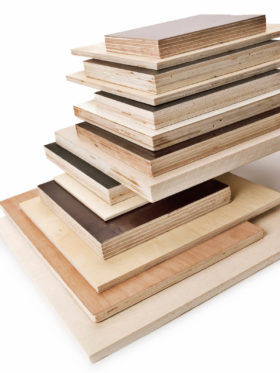






























































































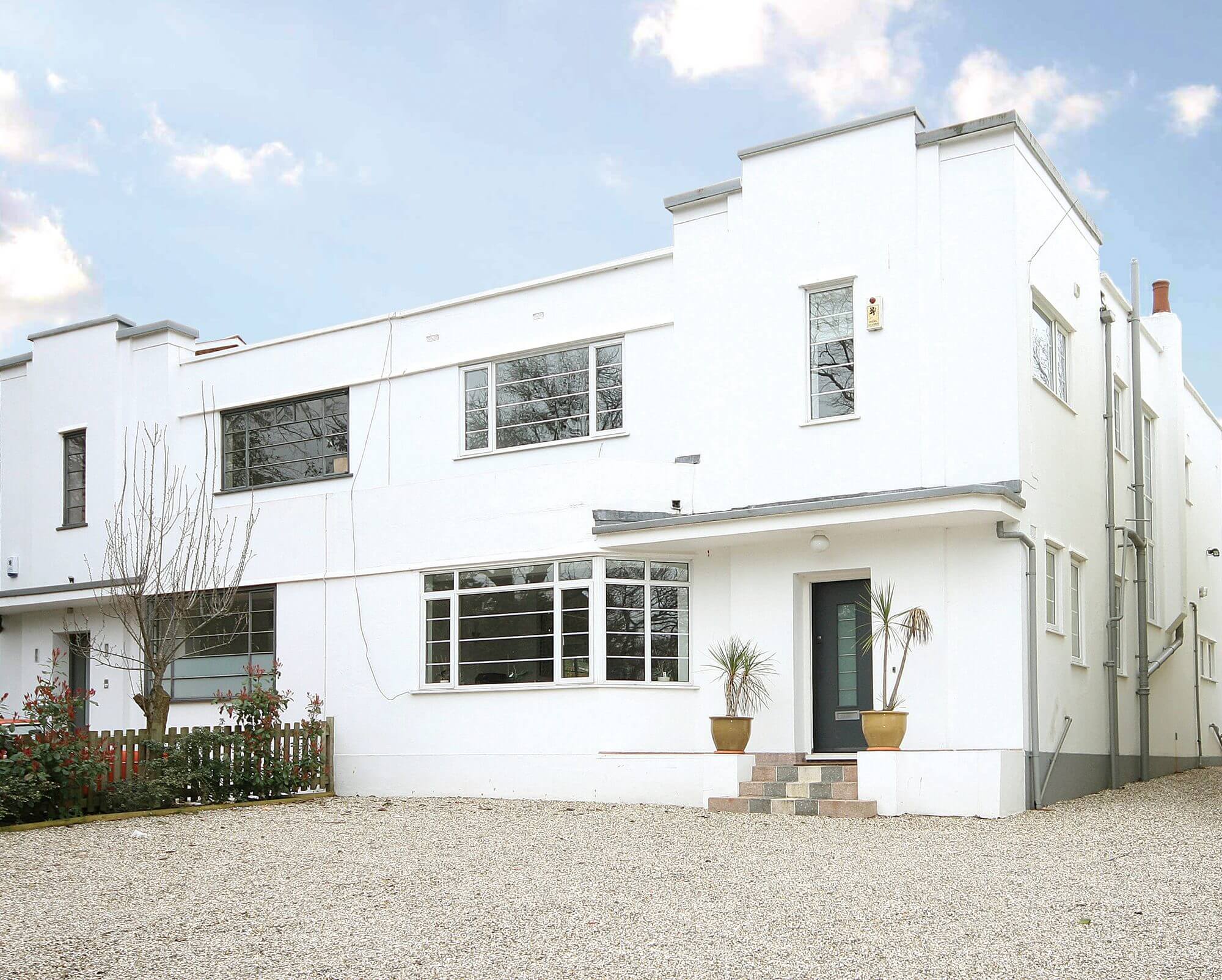
 Login/register to save Article for later
Login/register to save Article for later




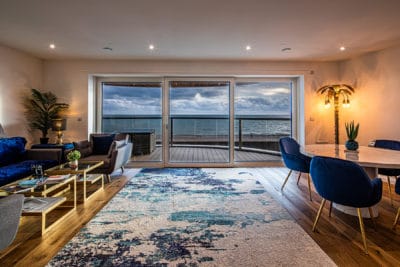
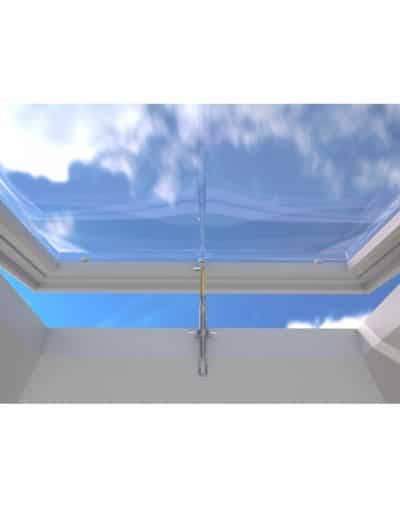

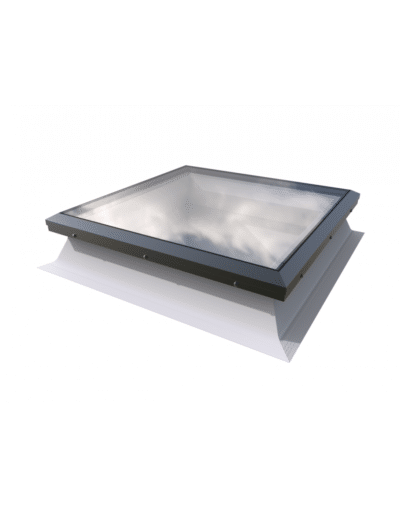





Comments are closed.